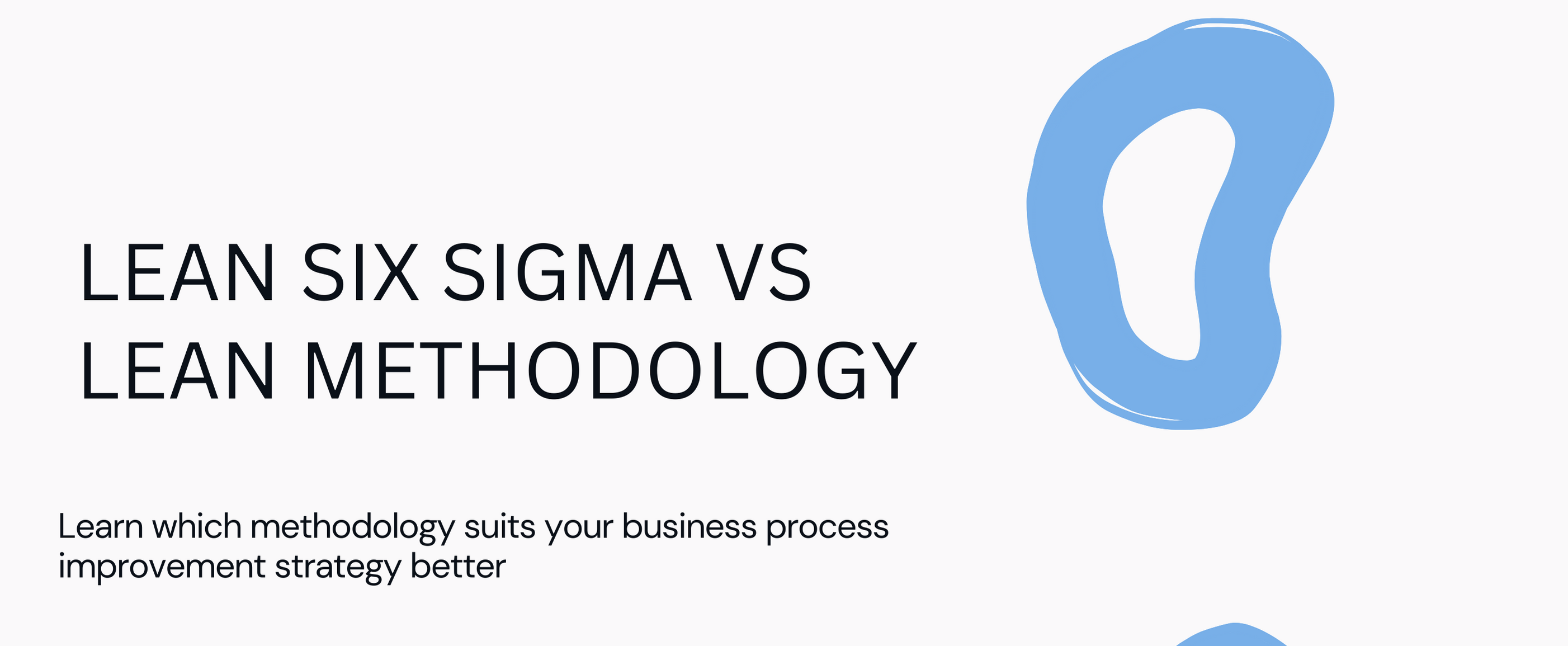When it comes to boosting efficiency and reducing waste, organisations often find themselves at a crossroads, torn between two powerful strategies: Lean and Lean Six Sigma. Often, the decision is influenced by the exposure leaders have had in past roles and what has worked.
While both methodologies aim to streamline processes and enhance performance, they have distinct differences that must be carefully considered. Lean focuses on eliminating non-value-added activities and creating flow, while Lean Six Sigma combines the principles of Lean with statistical analysis to identify and eliminate variations that cause defects or errors. The decision on which strategy to choose depends on various factors, such as the organisation’s goals, industry sector, and current operational challenges. It is very important, prior to embarking on a rollout or investment in training your people, to conduct a thorough assessment of your organisation’s needs and resources before deciding on the most suitable approach.
By understanding the nuances between Lean and Lean Six Sigma, you can make an informed decision that aligns with your objectives and drives sustainable improvements in efficiency and waste reduction.
The most important question leaders need to ask themselves is:
Am I trying to create a culture of continuous improvement throughout my organisation or am I looking to have a small number of individuals in my organisation that can drive improvement?
Those are two distinct and different strategies.
What is best for an all of organisation rollout to build a continuous improvement culture?
Lean is the methodology best suited to an all of organisation rollout that takes leaders and team members alike, through a change journey to identify waste and systematically remove it to create new standards and continuous improvement. It tends to take a longer time to implement sustainably as it is a learn and apply methodology that is best applied directly into the workplace. It can also be chunked up into the various tools, and organisations can choose to only deliver what is useful to the different areas of a business. For example, we have delivered masterclasses in Lean in Government to a client where the focus has been purely on mapping the current state, identifying improvements, and creating standard work as other tools were not needed.
What if I want to develop an internal business improvement team?
If you want to develop an internal business improvement team, Lean Six Sigma may be a more suitable approach. Organisations that do this effectively have business improvement teams that support and coach on improvement projects that link back to core strategic goals. Lean Six Sigma allows for a more data-driven and systematic approach to identifying and eliminating variations that cause defects or errors. Not everyone in an organisation is suited to this way of thinking and working so it is not something you would choose to roll out to all people. Lean Six Sigma can be beneficial for organisations that require a more structured and rigorous methodology for improvement projects.
It is worth noting that it is highly effective to combine the two methodologies together in a longer term continuous improvement strategy, whereby giving the core team in the organisation Lean training and supported by Continuous Improvement Champions who are trained in Lean Six Sigma. Lean Six Sigma can be the development pathway of the CI Champions to build their capability.
If you need help in forming your business improvement strategy, feel free to contact CI Teams.

